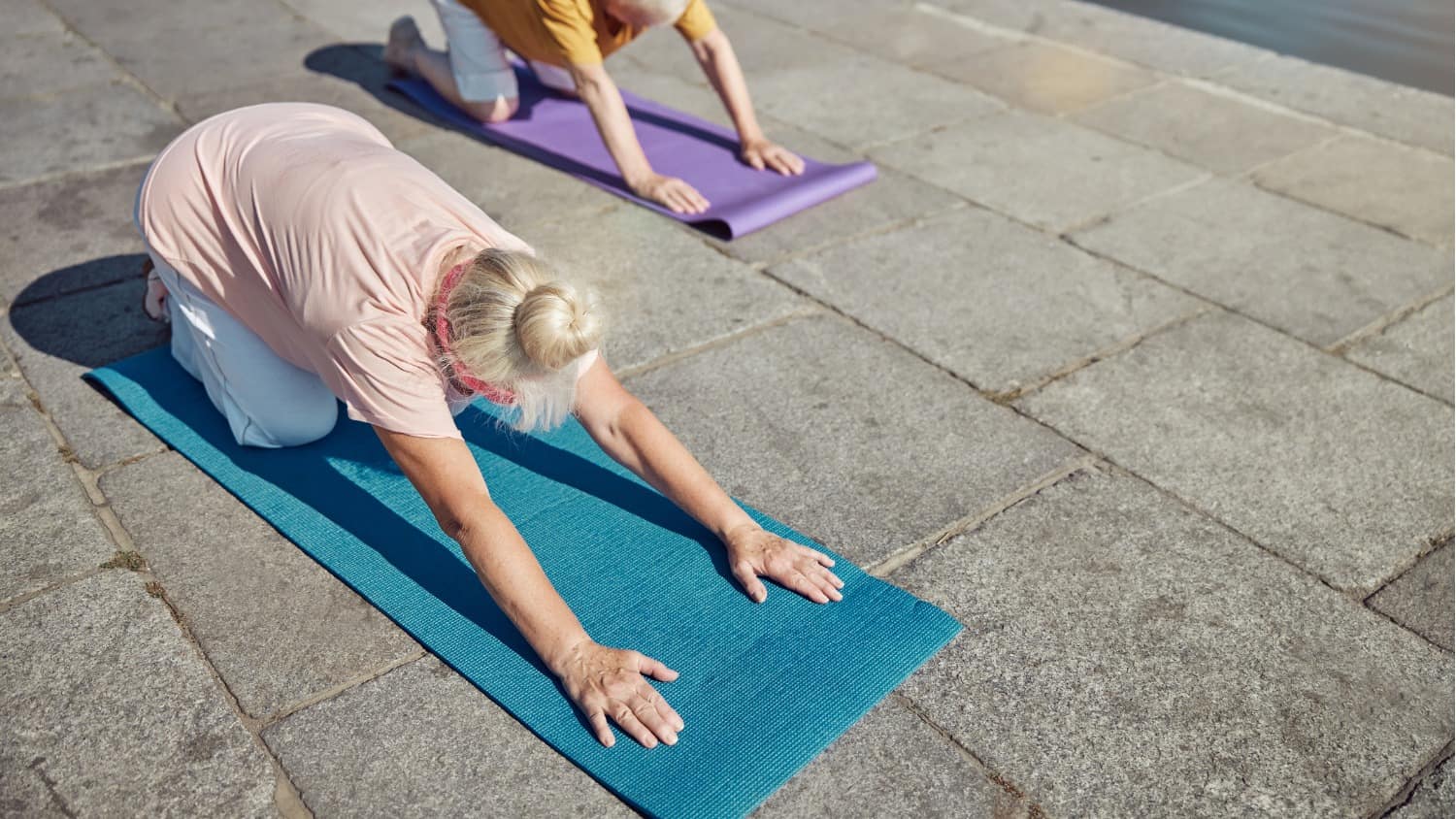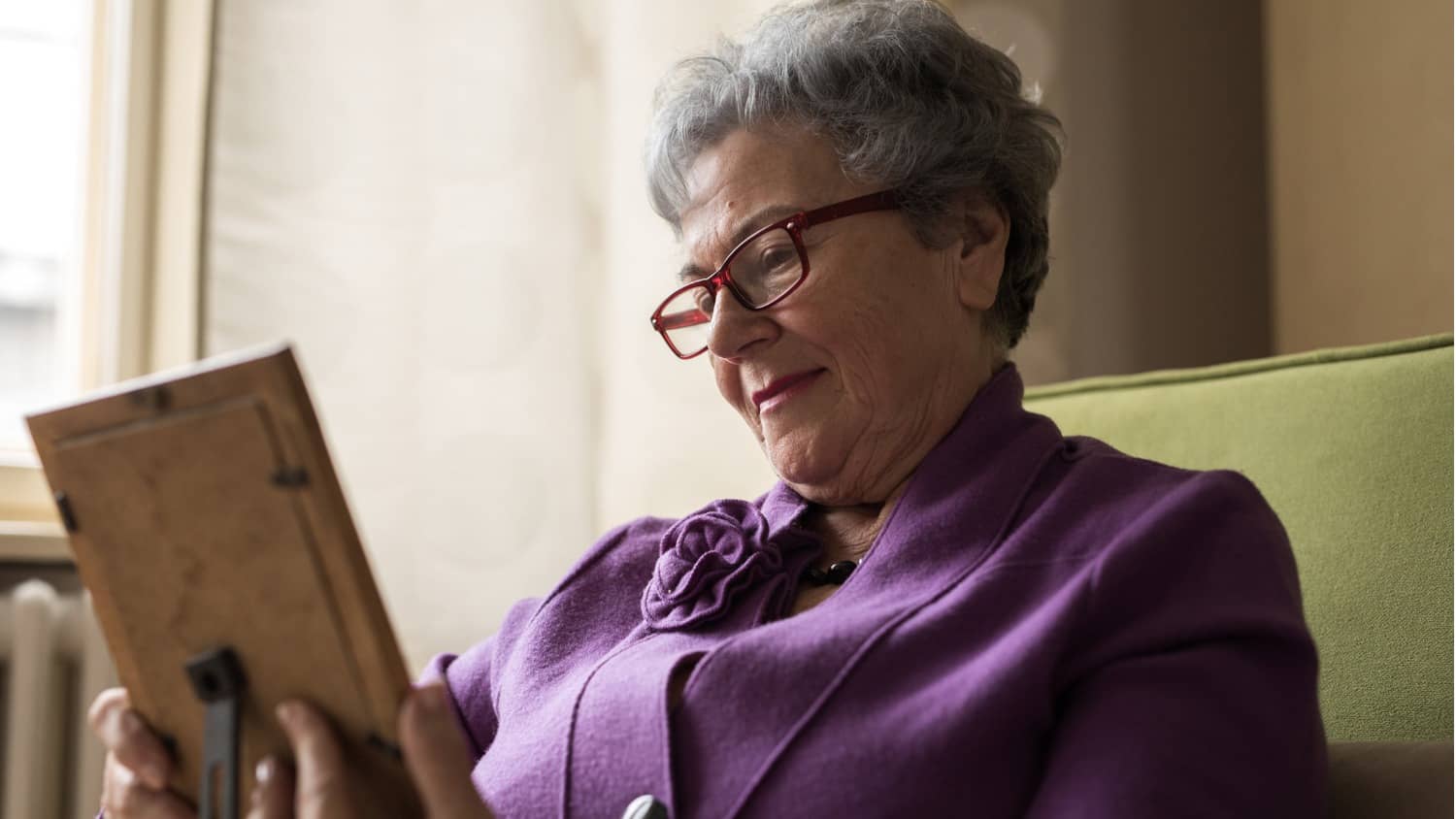
The 4 Essential Restorative Yoga Poses for Pet Grief
Elvis picked me. We met in the Russian Blue cat breeder’s lounge room. The other kittens ran around, ignoring me. Elvis trotted over, paused for a quizzical look, then jumped into my lap. He purred, I petted, he curled up and slept. Smitten, I took him home.
Never robust, Elvis suffered renal problems, bouts of pancreatitis and cat flu – despite regular vaccinations and a special diet.
‘Every day with Elvis is blessed’, my husband and I declared.
Almost nine, he lived longer than we (or the vet) expected. Even so, when the end came, saying goodbye to my furry companion was incredibly painful.
When Grief is Too Much, I Turn to Yoga
Recovering from the death of a beloved pet is tough. The thing that helped me most, beyond loving support of others, is yoga. In the yoga world, we believe that grief is stored in our bodies including feeling overwhelmed, restless, or anxious.
A self-nurturing yoga practice helps move it on. Yoga can calm and centre the body, releasing emotions and tension, to reduce the stress response naturally.
Yoga helped mend my broken heart. In this article I share four restorative yoga poses for pet grief. I hope they help you too.
These four restorative poses can be done at home, or (depending on your physical limitations and previous experience) you may need to work with a teacher. Yoga is also not a substitute for medical attention for severe anxiety and depression.
Find somewhere quiet where you won’t be disturbed. Start by staying in each pose for a couple of breaths and see how it feels. Gradually you may like to lengthen the time spent. Be aware that you might feel a physical ache in the heart, headache, or discomfit in the joints as emotions release.
Cat/Cow
Cat/Cow works through the spine to promote well-being, relieve stress and calm the mind.
Start by kneeling on all fours, knees under hips and hands on the floor under the shoulders. If needed, place a folded blanket under the knees to make it more comfortable. Or you can practice this pose seated in a chair.
- Exhale, head slowly lowers, chin curls towards chest, as back arches (shown in first figure below).
- Inhale, head and tailbone rise, letting the abdomen soften towards the floor. Chest lifts slightly, head follows (as in second figure below).
- Alternate gently and slowly between the two parts of the pose using, focusing on your breath.

Child Pose
This pose helps promotes a sense of nurturing and security.
Start by kneeling, with your buttocks on or moving towards the heels. If you have difficulty sitting on your heels, try placing a rolled towel or folded blanket underneath the back thighs.
- Bending from the hips, upper body folds towards the thighs.
- If the forehead doesn’t reach the floor (or you have high blood pressure) place a support under the head. Or you may like to rest the head on two fists (one on top of the other).
- Place your arms on the floor next to your legs, palms up (if comfy).
- With each out breath imagine the body softening and releasing.
Legs Up the Wall (or on a Chair)
This pose is great for easing tiredness in the body and has a calming effect on the nervous system.

In this pose you may be more comfortable with a folded blanket under your hips.
- Start by laying down on the right side, with bent knees.
- On the inhale breath lift both legs up to the wall.
- The hips should be against or close to the wall (depending on where it’s comfy for your body).
- Arms rest in any comfortable position.
- There should be no strain in the lower back. If there is, ‘Legs on the Chair’ variation may be suitable. Here the legs are supported by a chair (or sofa) instead of taking them up the wall.
Relaxation
Relaxation is done at the end of the practice to further relax the mind and soothe the nervous system. The body will cool so you may like to put on some extra layers of clothing or cover yourself with a blanket.
- Lay on your back. Knees can be straight or bent whichever is most comfy. Arms relax alongside your body. Palms face up or down. Legs about hip width apart.
- Take a few moments to wriggle around and make sure the body is fully supported and as comfy as it can be. If there is any discomfit in the lower back, try placing a rolled blanket or towel under your knees.
- Close your eyes (if it feels okay) and notice the weight of your body resting on the floor.
- Sigh the breath out a couple of times.
As best you can, give your body permission to rest and if the mind wanders gently bring it back to your breath or feeling of sensations in the body.
You may want to set a timer for however long you want to stay in relaxation pose, so you can just rest in the pose.
Have you lost a beloved pet? Are you experiencing grief? What are you finding as the best ways of coping? Is restorative yoga something you have tried? Perhaps you have been able to open your heart to another pet? Please join the conversation and share your experiences.






